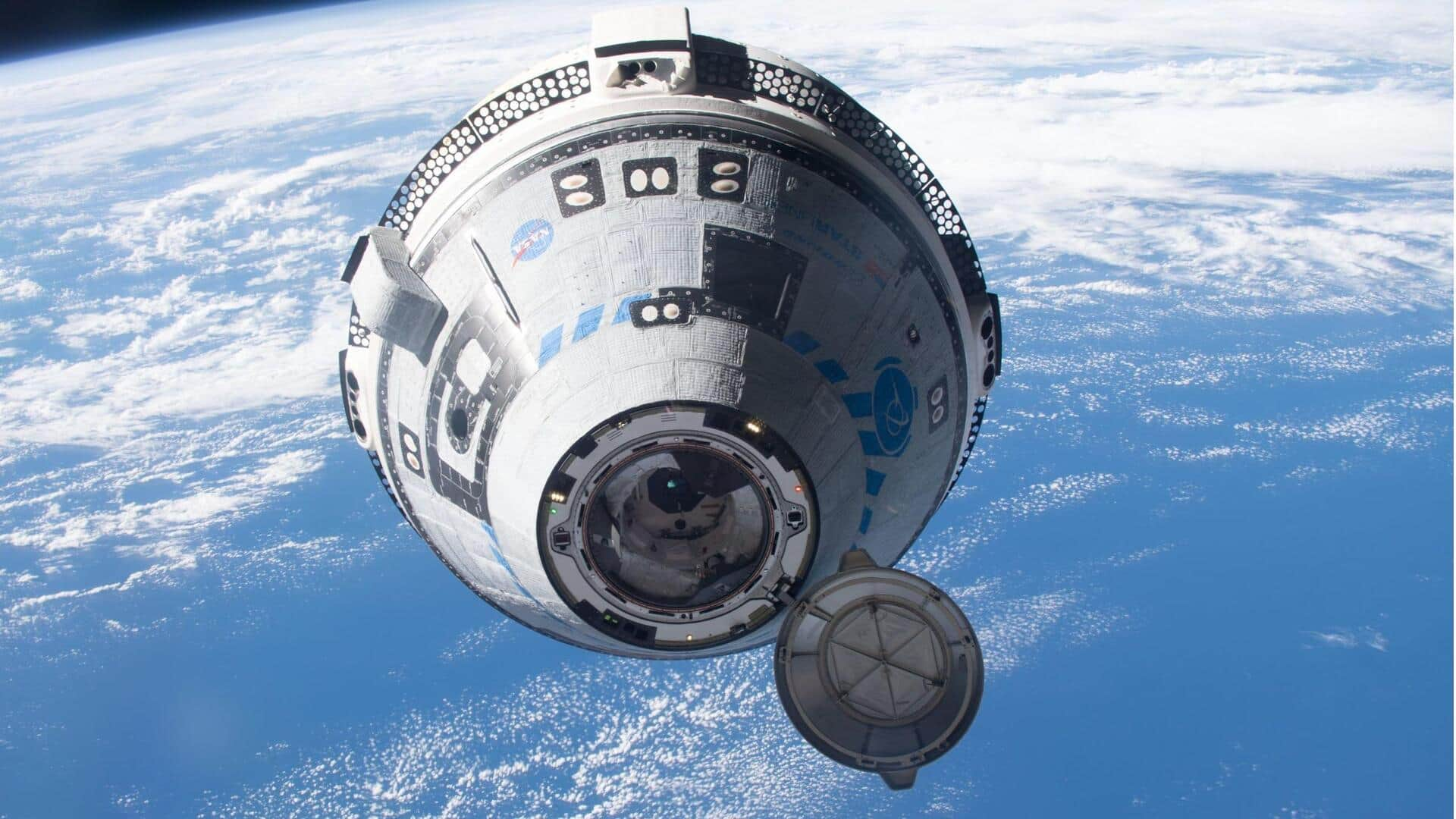
Boeing Starliner set to return without astronauts on September 6
What's the story
NASA has confirmed that Boeing's Starliner capsule is scheduled to leave the International Space Station (ISS) on September 6, if weather conditions permit and no technical issues arise. The departure is set for 6:04pm EDT (3:34am IST on September 7) with an expected landing six hours later, at White Sands Space Harbor in New Mexico, US. This will mark the end of Starliner's first-ever crewed mission which began on June 5, despite some technical challenges encountered during its journey.
Mission challenges
Starliner's first crewed mission faced technical issues
The Starliner capsule, on its inaugural crewed mission, transported NASA astronauts Sunita Williams and Barry Wilmore to the ISS. However, the journey was not without difficulties as the spacecraft experienced several helium leaks, and five of its 28 reaction control system thrusters failed en route to the orbiting lab. These issues led to an extended stay for the capsule in orbit while NASA and Boeing investigated the cause of these problems.
Safety concerns
NASA deemed return journey too risky for astronauts
Due to the technical issues, NASA decided it was too risky for Williams and Wilmore to return on Starliner. Instead, they will travel back to Earth on a SpaceX Dragon capsule in February 2025. This decision leaves the Boeing capsule to make its journey home without a crew onboard. The uncrewed Starliner spacecraft will execute a fully autonomous return with flight controllers at Starliner Mission Control in Houston, and at Boeing Mission Control Center in Florida monitoring its progress.
Remote control
Ground teams to remotely command the spacecraft if needed
NASA has assured that ground teams are capable of remotely commanding the spacecraft if necessary, to ensure a safe undocking, re-entry, and parachute-assisted landing in the southwest US. This will be Starliner's third autonomous return to Earth, following two uncrewed test flights in December 2019 and May 2022. The first mission failed to reach the ISS as planned but was successful on its second attempt.